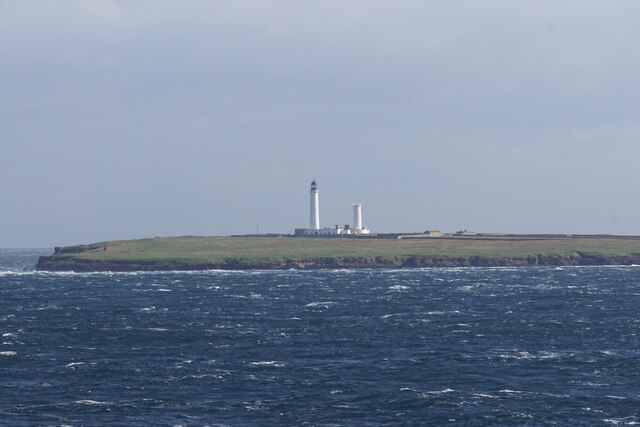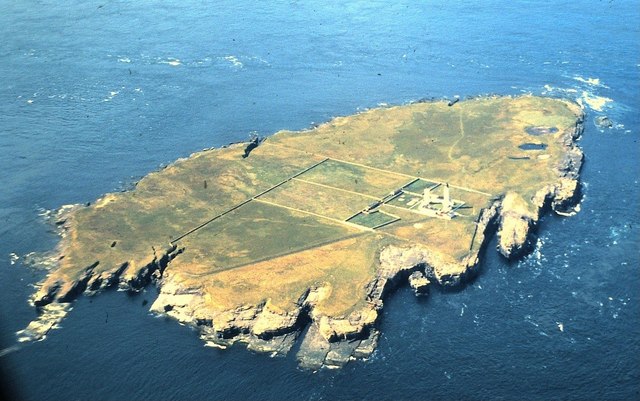Pentland Skerries
Island Group in Orkney
Scotland
Pentland Skerries

Pentland Skerries is a remote island group located off the north coast of Scotland, in the Orkney archipelago. Consisting of around 30 small islands and skerries, this unique and picturesque destination is renowned for its rugged beauty and rich biodiversity.
The Pentland Skerries are situated in the Pentland Firth, a treacherous stretch of water known for its strong tidal currents. Due to its challenging maritime conditions, the islands have a long history of shipwrecks, which has contributed to their allure and mystery.
The main islands of the group include Muckle Skerry, Little Skerry, and Out Skerries. These islands are predominantly composed of exposed rock formations, with little vegetation or trees. However, they are home to a variety of seabirds, including puffins, guillemots, and razorbills, making it a popular spot for birdwatchers and nature enthusiasts.
The waters surrounding the Pentland Skerries are teeming with marine life, including seals, dolphins, and various species of fish. The area is also famous for its rich fishing grounds, attracting anglers from all over the world.
Access to Pentland Skerries is limited, with no regular ferry service. However, the islands can be reached by private boat or chartered tours from nearby Orkney mainland. Visitors can enjoy exploring the rugged coastline, spotting wildlife, and taking in the breathtaking views of the North Atlantic Ocean.
Overall, Pentland Skerries offers a unique and secluded escape for those seeking untamed natural beauty and a chance to immerse themselves in the wilds of the Orkney archipelago.
If you have any feedback on the listing, please let us know in the comments section below.
Pentland Skerries Images
Images are sourced within 2km of 58.682754/-2.9037626 or Grid Reference ND4777. Thanks to Geograph Open Source API. All images are credited.




Pentland Skerries is located at Grid Ref: ND4777 (Lat: 58.682754, Lng: -2.9037626)
Unitary Authority: Orkney Islands
Police Authority: Highlands and Islands
What 3 Words
///pigment.bypassed.varieties. Near John o' Groats, Highland
Nearby Locations
Related Wikis
Pentland Skerries
The Pentland Skerries (Old Norse: Pettlandssker) are a group of four uninhabited islands lying in the Pentland Firth, northeast of Duncansby Head and south...
SM U-18
SM U-18 was one of 329 submarines serving in the Imperial German Navy in World War I. U-18 engaged in the commerce warfare in the First Battle of the Atlantic...
Muckle Skerry
Muckle Skerry is the largest of the Pentland Skerries that lie off the north coast of Scotland. It is home to the Pentland Skerries Lighthouse. Muckle...
Tomb of the Eagles
The Tomb of the Eagles, or Isbister Chambered Cairn, is a Neolithic chambered tomb located on a cliff edge at Isbister on South Ronaldsay in Orkney, Scotland...
Have you been to Pentland Skerries?
Leave your review of Pentland Skerries below (or comments, questions and feedback).










